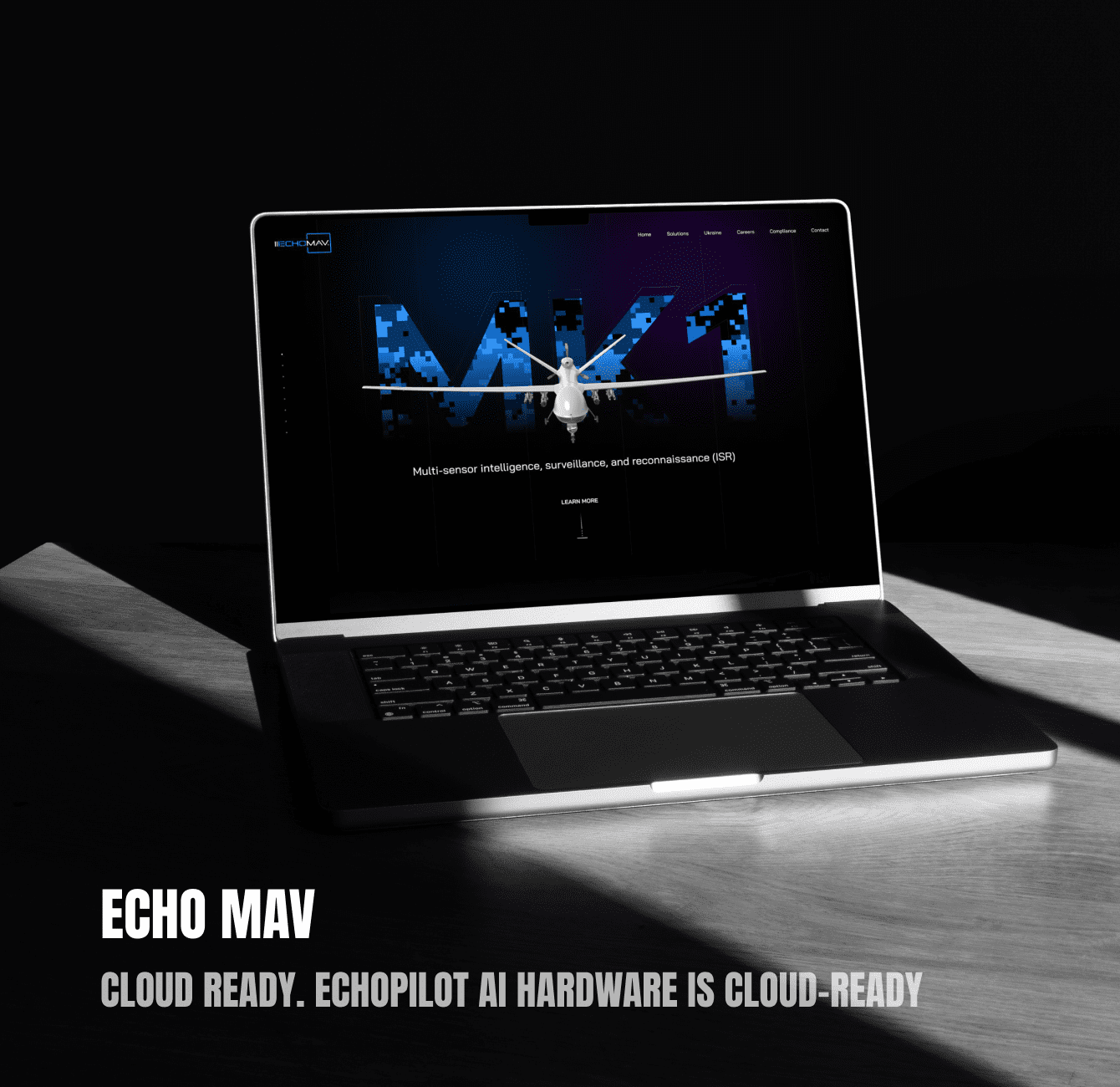s i e m e n s

Siemens
Project Task
Siemens, a global healthcare technology leader, undertook the monumental task of designing an advanced ventilator system capable of providing life-saving respiratory support for two patients simultaneously. The challenge extended to creating a versatile interface that allowed seamless adjustments based on individual patient requirements, all while prioritizing user-friendliness and stringent data privacy. This case study explores the comprehensive design process that resulted in an exceptional ventilator system, delivering optimal patient care through an innovative interface.

But here's where it got interesting:
1 . Dual-Patient Ventilation:
Challenge: Develop a ventilator system capable of providing simultaneous respiratory support for two patients. Objective: Create a seamless interface enabling healthcare professionals to efficiently monitor and adjust ventilation settings for both patients in real-time.
2 . Adaptable Interface:
Challenge: Design an interface capable of adapting to varying patient requirements effortlessly. Objective: Implement a user-friendly design allowing real-time adjustments to ventilation settings, ensuring optimal care tailored to individual patients.
3 . Privacy and Data Security:
Challenge: Handle patient data, readings, and personal information securely. Objective: Integrate robust security features to safeguard patient information, ensuring compliance with healthcare privacy regulations.

Tackling the Challenge:
To address the challenges outlined above, we developed a comprehensive project solution that focused on simplicity, scalability, and consistency throughout the design process:

APPROACH
1 . Dual-Patient Ventilation:
Siemens engineers developed a synchronized ventilation system with individualized controls for each patient. The interface facilitated real-time monitoring and adjustment of parameters for both patients.
2 . Adaptable Interface:
The interface design incorporated intuitive controls, enabling healthcare providers to seamlessly adjust ventilation settings based on specific patient requirements. Dynamic presets allowed for quick adaptation to changing conditions.
3 . Privacy and Data Security:
Siemens prioritized data security by implementing encryption protocols and stringent access controls. Personal information was anonymized and protected to comply with healthcare privacy standards.
4 . Patient-Centric Dashboard:
A comprehensive dashboard provided a real-time overview of vital parameters, allowing healthcare professionals to monitor both patients simultaneously.
5 . Adaptive Controls:
Intuitive sliders, buttons, and touch controls were implemented to allow easy adjustment of ventilation settings, ensuring adaptability to changing patient needs.

Results
Siemens successfully designed and implemented a ventilator system providing dual-patient ventilation with an adaptable interface.
Positive feedback from healthcare professionals highlighted the system's efficiency and user-friendly design.
Collaboration with healthcare institutions for further research and development.
Through a meticulous design process and a commitment to innovation, Siemens has set a new standard in critical care technology, ensuring optimal patient care through its groundbreaking dual-patient ventilator system with a user-friendly and secure interface.



